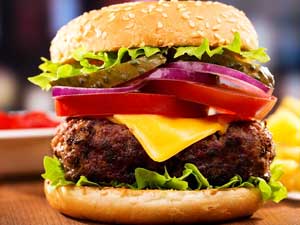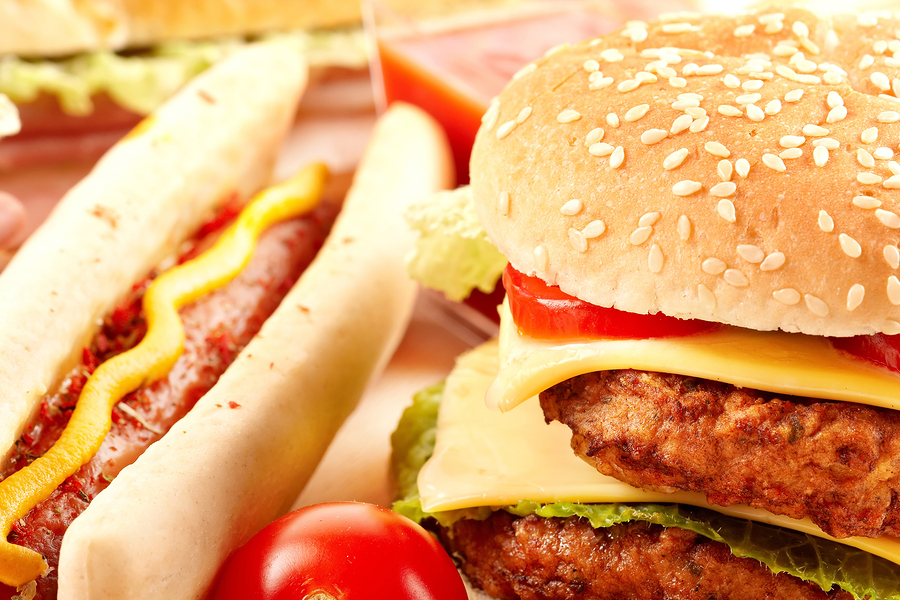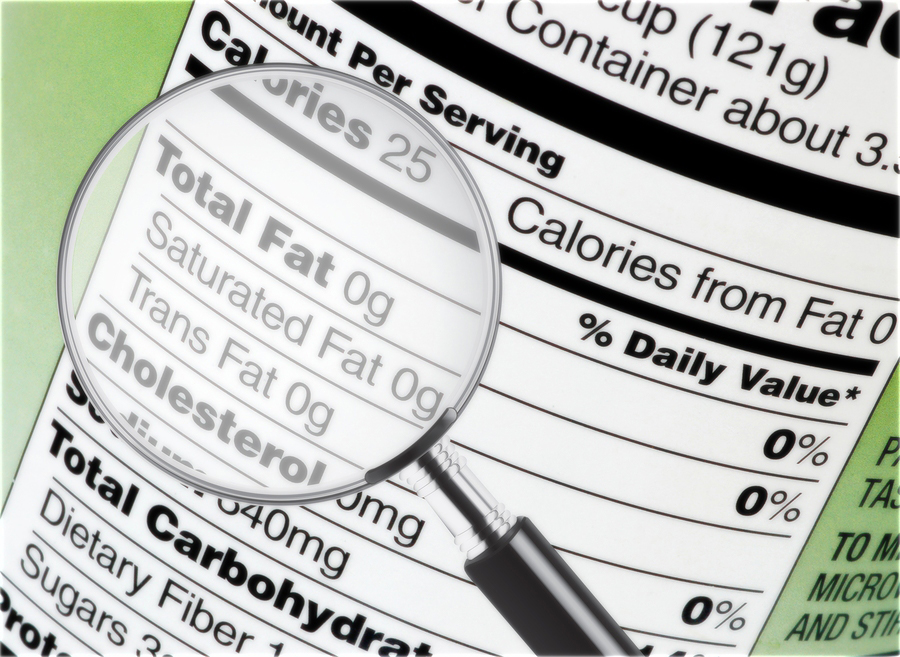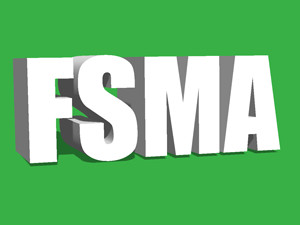Regulatory Alert: FDA Releases Final Menu Labeling Rule
Restaurants, Supermarkets and Convenience Stores Must Comply with Broad New Regulation
On November 25, 2014, the U.S. Food and Drug Administration (FDA) released the final Menu Labeling Rule (“Final Rule”) which requires restaurants, supermarkets, convenience stores and other establishments to conspicuously post calorie information and provide additional written nutrition information to consumers for foods on display, self-service items and items that appear on menus and menu boards. Please see basic questions and answers on the final rule below. For additional information please contact Erik Lieberman at erl@liebermanpllc.com or 202.830.0300.
Why has this regulation been issued?
The Affordable Care Act required menu labeling, and ordered FDA to issue a menu labeling regulation.
What businesses are covered?
Businesses such as restaurants, supermarkets (including supercenters), convenience stores, cafeterias, delis, cafés, food service establishments within entertainment (e.g. movie theatres, bowling alleys) or retail venues with 20 or more establishments operating under the same name.
When is compliance required?
December 1, 2015
What happens if a business doesn’t comply?
FDA has authority to impose fines and criminal penalties on noncompliant businesses and their corporate officers.
What food must be labeled?
- Standard items that appear on menus and menu boards
- Self-service items such as those on a salad or hot food bar, individual servings of sushi, or individual bakery items in bins (e.g. a roll, bagel or muffin ) and fountain beverages
- Foods on display such as sandwiches and wraps at a deli counter (both inside the case and outside of it)
- Multiple serving items generally eaten on a single occasion (e.g. a pizza)
- Alcoholic beverages
Are combination meals and variable menu items (e.g. a pizza or sub sandwich with various toppings) covered?
Yes. Nutritional information must be declared on the basis of the entire combination meal. Nutritional information must be declared on the basis of item variations and must be provided for toppings.
What foods are not covered?
- Non-standard foods such as a vegetable soup with different types of vegetables in it every day
- Custom orders
- Condiments for general use (e.g. hot sauce on a table, or brought out to a table by a server) (condiments used in the preparation of a standard item or ordinarily provided with such item are covered as part of the item (e.g. mayonnaise and ketchup on a hamburger, a single serving packet of maple syrup provided with pancakes)
- Daily specials
- Temporary items offered for less than 60 days per calendar year
- Food that is part of a customary market test offered for less than 90 consecutive days
- Multi-serve items generally eaten over several occasions (e.g. whole cake, loaf of bread, bags or boxes of rolls or cookie
- Foods sold by weight that are not self-serve and are not intended solely for individual consumption (e.g. chicken salad) either prepacked or packed at a consumer’s request
- Foods that are usually further prepared before consuming
- Packaged foods generally (although they are covered if part of a combination meal)
How must items be labeled?
- For items on menus and menu boards:
- The number of calories must be listed adjacent to the name or the price of the item in a type size at least as large as the name of the item or the price (whichever is smaller), in the same color, or a color that is at least as conspicuous, as that used for the name of the item, with the same contrasting background, or a background that is at least as contrasting as that used for the name of the item
- Calories must be labeled to the nearest 5-calorie increment up to and including 50 calories and to the nearest 10-calorie increment above 50 calories
- Amounts less than 5 calories may be expressed as zero
- The term “Calories” or “Cal” must appear as a heading above a column listing the number of calories or adjacent to the calorie declaration for each item. Must be conspicuous (specific requirements in final rule)
- When the menu or menu board lists flavors or varieties of an individual item (e.g. ice cream: chocolate, vanilla; chicken: grilled, fried), calorie information must be declared for each listed flavor or variety
- If only a general description of an item is provided (e.g. “soft drinks”) and individual flavors or varieties are not listed, then a slash (for only two options) or range of calories must be provided
- For items with toppings, calories must be declared for the basic preparation of the item (e.g. a cheese pizza)
- Calories for each topping listed on the menu or menu board must be provided
- Calorie declarations for toppings must include declarations for each size of item offered (e.g. pepperoni on a small, medium and large pizza)
- If the amount of the topping included on the basic preparation of the menu item decreases based on the total number of toppings ordered for the item (e.g. a pizza), the calories for each topping must be declared as single values representing the calories for each topping when added to a one-topping menu item. The declaration must specify that calorie information is declared on the basis of a one-topping item
- For combination meals, calories must be declared individually (for two items), or as a range for three or more items
- If a consumer can increase or decrease the size of a meal (e.g. supersize), the change in caloric content based on the size increase or decrease must be declared
- A statement of a “2,000 calories a day is used for general nutritional advice, but calorie needs vary.” must prominently appear on menus and menu boards
- Additional nutrition information must be provided to consumers upon request
- A statement of “Additional nutrition information available upon request.” must appear on menus and menu boards must appear prominently on menus and menu boards
- For self-service items and foods on display:
- Calories must be declared per displayed item, or if the food is not offered for sale in a discreet unit, calories must be declared per serving
- The serving size (per scoop) or discreet unit (per muffin) must be listed
- Calorie and serving size information must appear on either:
- A sign next to the item
- A sign attached to a sneezeguard (i.e. a buffet)
- A single sign with multiple items listed so long as the sign is located where the consumer can view it while selecting an item
- Calories must be labeled to the nearest 5-calorie increment up to and including 50 calories and to the nearest 10-calorie increment above 50 calories
- Amounts less than 5 calories may be expressed as zero
- The term “Calories” or “Cal” must appear on signage. Must be conspicuous (specific requirements in final rule)
- For self-service beverages, calorie declarations must be accompanied by the term “fluid ounces” and, if applicable, the description of the cup size (e.g. small, medium)
- Additional nutrition information must be provided to consumers upon request
- Businesses must have a reasonable basis for nutrient declarations
- Businesses must take reasonable steps to ensure that preparation of items adheres to factors on which nutrient values were based
- Businesses are subject to extensive recordkeeping requirements regarding the determination of nutrient content
If you have questions or would like additional information please contact Erik Lieberman at erl@liebermanpllc.com or 202.830.0300.



